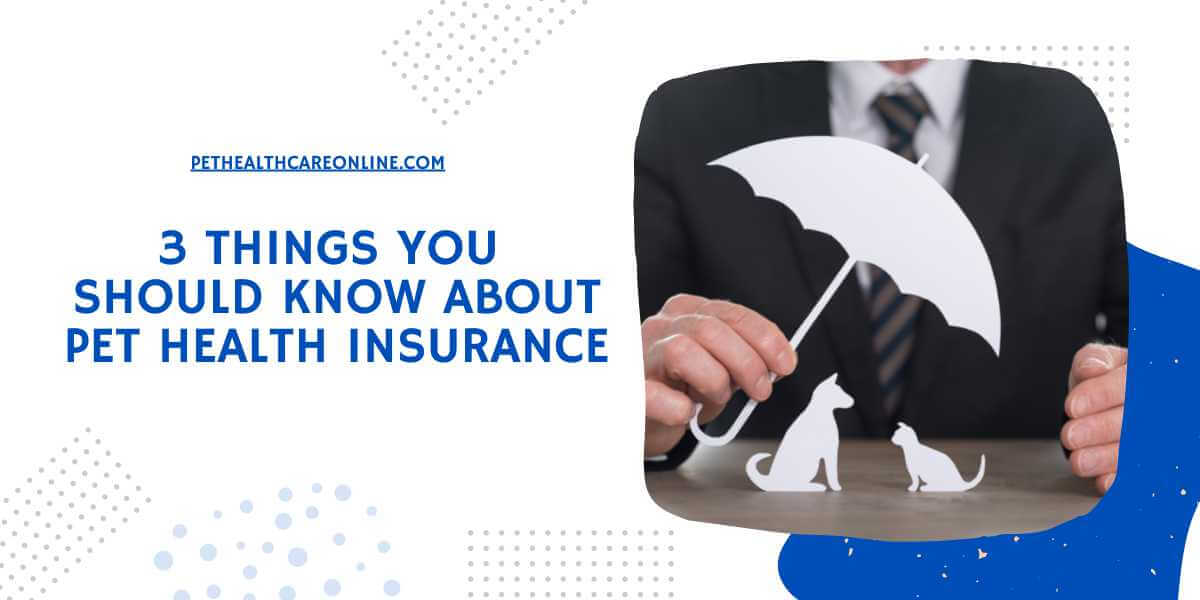You thought that you were pretty furr-miliar with pet health insurance, right?
Well, think again – because there is some information that you’ll get only from detailed research made by pet health insurance associations.
For example, the North American Pet Health Insurance Association, or for short, NAPHIA, released their annual report which states a number of things that occurred in 2020 and 2021. Some of the most important conclusions were:
- Pet health insurance companies in North America surpassed $2.174 billion, marking a 6th straight year of double-digit expansion.
- The 2021 report highlights many achievements along with more than 26% issued premiums in 2020, in comparison to 2019’s $1.717 billion.
- Approximately 3.45 million pets were covered throughout North America, which is 22.5% more.
- In 2021, the major insured pets in the U.S. were dogs (82.9%), while the rest were cats (17.1%).
Without further ado, let’s check out the 3 primary things you should know about pet health insurance
1. A Booming Pet Health Insurance Sector
According to the above-mentioned research, an increasing number of canines and felines are getting pet health insurance coverage, followed by a significant rise in premiums. Absolutely purr-fect, or not…
You’ve heard that most of the clients turn down pet health insurance plans due to financial constraints.
Additionally, from what we can see above, a lot more dogs are being nurtured through a given pet insurance policy, and they’re absolutely more prone to a whole course of therapy than cats are.
So, what’s causing this? The practice of animal parents alluding to their pets like their kids, and actually providing love and care to them as if they were really their children isn’t going away – and it won’t be.
Pet owners are increasingly disbursing money on their beloved felines and canines. In 2021, the U.S. pet health insurance business spent around $2.714 billion for premiums, and this popularity will only rise to greater heights.
2. Clients are Always Curious About a Pet Insurance Policy
Even though certain clients in the pet health insurance sector aren’t interested in pet health insurance plans, they probably are curious. It’s about the intricacy with intuition on top of it. Meaning that even though veterinarians think the pet insurance clientele has it tough understanding the pet insurance policy, in reality – it’s not.
Most of the time, it’s about the financial situation in their homes that turns them away from getting pet health insurance. Moreover, many veterinarians think that the comprehensiveness of the coverage plans is somewhat of a letdown for an animal parent to initiate in getting pet health insurance. This isn’t also true since only a few of them don’t understand the coverage very well, while a lot of them do.
3. You’re Invited to Inform Pet Parents Over Time
Only a few pet owners can grasp the complete information about pet health insurance, but it’s still crucial to offer your existing knowledge about a pet insurance policy to your clients. They really need to make an educated opinion about what sort of coverage is the most appropriate for their dear pet.
This is a little-known fact, but not many veterinarians want to talk about pet health insurance plans because they aren’t familiar with them. This isn’t really a bummer, since all you have to do is take a look at certain tools that NAPIA provides so you can get more educated on the topic.
Here are some great conversation starters about pet insurance and pet health insurance plans:
- First of all, initiate with a question if your client has pet health insurance, and if they say no, inquire if they’d want to get one and discover the advantages.
- Introduce pet insurance as a regular topic of discussion throughout dog and cat appointments, periodic wellness checks – the same way as immunization is discussed.
- Fliers, booklets, magazines – all of these are great to give when a certain appointment concludes with advising animal parents the cases of illness or accident.
- Make a blitz on social media about pet insurance. This will motivate your customers to look into the pet health insurance options while directing them to web resources.
The objective is to constantly offer the treatment and care that your clients’ dogs require so they can carry on with their wholesome little lives.



